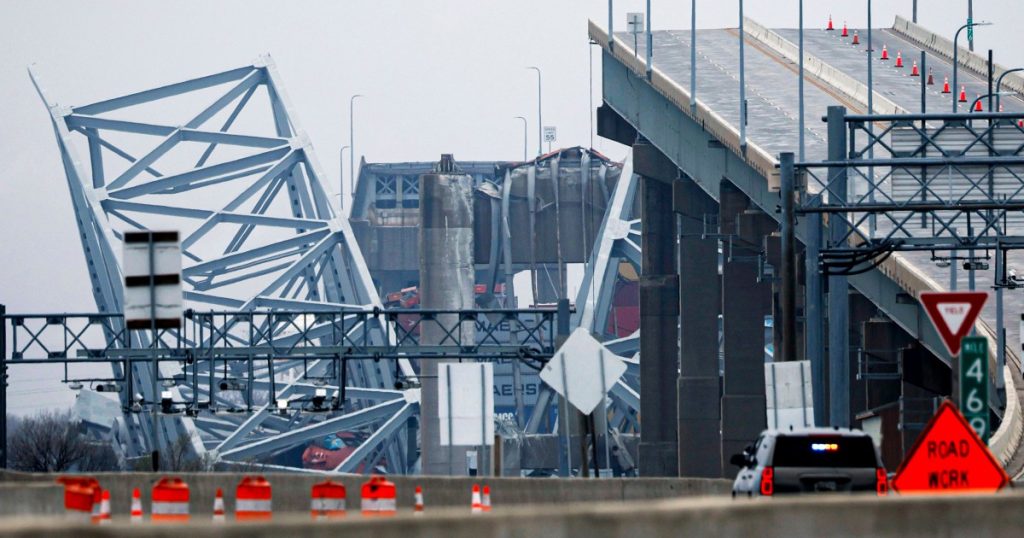Thousands of workers at the Port of Baltimore are facing uncertainty after a container ship crashed into the Francis Scott Key Bridge, leading to a halt in cargo shipments. Transportation Secretary Pete Buttigieg expressed concerns about the impact on workers, noting that the port generates $2 million in wages daily for employees. Many workers, such as crane technician Steve Rehak and longshoreman Shawn Jackson, are facing financial challenges due to the sudden stop in work. While Rehak’s hours have been cut, Jackson is struggling with the stress of not knowing when the port will reopen.
The closure of the Port of Baltimore is affecting not just the workers directly employed there, but also thousands of others who rely on the port for their livelihoods. The state of Maryland estimates that 15,300 direct jobs and 140,000 jobs linked to the port are at risk. Governor Wes Moore has made reopening the port a top priority and has secured approval for low-interest loans for affected small businesses. The International Longshoremen’s Association is also taking steps to support its members, including advising them to seek deferred payments on their financial obligations.
An emergency meeting is planned by the ILA to discuss a path forward for its members, and state lawmakers have introduced the Protecting Opportunities and Regional Trade Act (PORT Act) to provide temporary financial relief for workers and businesses impacted by the port’s closure. Senate President Bill Ferguson is leading the legislation, which includes support for port workers who do not qualify for unemployment, assistance for businesses retaining local workforces, and incentives for companies to remain in Baltimore instead of relocating to other ports. The hope is to stabilize small businesses and prevent mass layoffs.
The proposed legislation would go into effect upon Governor Moore’s signature, with hopes of providing immediate relief to affected workers and businesses. The aim is to avoid severe economic consequences by keeping businesses afloat and employees employed until the port can resume operations. The ILA and state officials are eager for the port to reopen quickly, especially as the summer months are typically busy for port activity. Last year was a record-breaking year for the Port of Baltimore, with over 8,000 workers processing millions of tons of cargo.
The impact of the port’s closure goes beyond the financial loss for individual workers and businesses; it affects the entire region’s economy. State and federal assistance is being mobilized to support those affected by the tragedy, but the future remains uncertain until the channel reopens. Workers like Rehak and Jackson are feeling the stress of not knowing when they will be able to return to work and earn a living. The ILA and state lawmakers are working together to provide solutions that will help sustain businesses and jobs in the region, with a focus on keeping the port’s workforce employed during this challenging period.


